Most folks in our industry already know that lift directors and rigging engineers play crucial roles in ensuring the safe and efficient execution of lifting and rigging operations. Their expertise is vital in preventing accidents, protecting workers, and ensuring compliance with industry standards. But what exactly goes into navigating the training, certification, and qualification requirements for these professionals in the United States? Here we delve into just that!
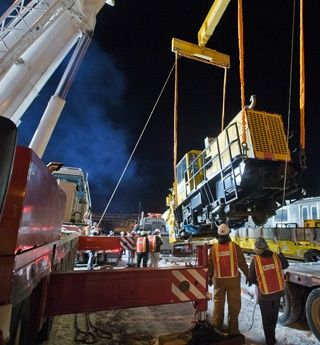
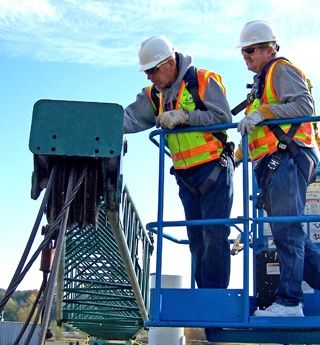
Regulatory Framework: OSHA Part 1926 Subpart CC
Under the Occupational Safety and Health Administration (OSHA) regulations, specifically Part 1926 Subpart CC titled "Cranes and Derricks in Construction," there are specific requirements laid out for lift directors and rigging engineers.
General Requirements:
Employers are mandated to designate a qualified person as the lift director and rigging engineer to plan and supervise lifting and rigging operations. This individual holds the responsibility for developing lift plans and ensuring adherence to safe rigging practices.
Qualifications:
For lift director and rigging engineers to be considered qualified, they must meet certain criteria:
- Successful completion of a recognized training program specifically designed for lift directors and rigging engineers.
- Possession of a recognized degree, certificate, or professional standing relevant to the field.
- Extensive knowledge, training, and experience as deemed appropriate by the employer.
Training:
Employers must ensure that lift directors and rigging engineers receive training in the following areas:
- Assessing loads and determining appropriate rigging techniques.
- Selecting and inspecting rigging equipment.
- Developing comprehensive lift plans.
- Ensuring compliance with applicable safety regulations.
Certification:
Certification can be obtained by lift directors and rigging engineers through:
- Completion of a nationally accredited certification program tailored for lift planners and rigging engineers.
- Qualification via an audited employer program.
Evaluation:
Employers hold the responsibility of evaluating lift directors and rigging engineers to ensure they meet the necessary skills and knowledge requirements. This evaluation encompasses assessing their capability to:
- Develop accurate and effective lift plans.
- Supervise lifting and rigging operations safely.
- Ensure compliance with safety regulations.
Looking to learn more? Join us for a free webinar!
TOP TEN CONSIDERATIONS TO IDENTIFY LIFT PLAN CATEGORIZATION

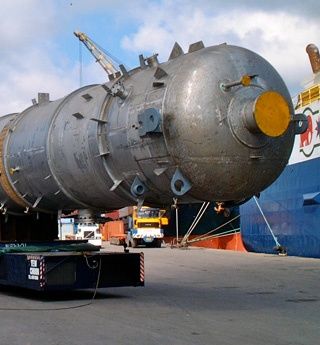
We invite you to join ITI Co-founder and Senior Consultant, Mike Parnell for a free webinar where he will present the Top Ten Considerations to Identify Lift Plan Categorization. We'll discuss ASME P30.1-2019 as well as run through an actual Risk Assessment. Those who register for the free event will be able to download an example risk assessment along with a lift plan, that they can work through alongside Mike Parnell as he presents the content. A blank Critical Lift Plan is included in the downloadable content for use in future lifting activities.
The live session will place a special focus on:
- Potential Hazards to Persons
- Hazards in Proximity to the Work Area
- Complexity of Load Handling Activity
- Adverse Impact from Environmental Conditions
- LHE Capacity and/or Performance
- Rigging Capacity and/or Performance
- Adverse Commercial Impact
- Site Requirements Unique to the Load Handling Activity
- Repetitive Lifts
Those looking for a deeper dive via our instructor led training course, should consider attending the two-day Critical Lift Planning course that we offer at ITI Training Centers as well as client site locations (that’s right, our instructors will come to you!).
The course focuses on the process of assessing risks, the compilation of crane and rigging data, crane operating areas, rigging methods, a safety checklist, personnel competencies, and assignments, a proposed sequence of events, contingency plans, and other category items as recommended in ASME P30.1 Lift Planning. Participants will formulate a series of lift plans based on multiple scenarios and then will be challenged to solve a variety of problem-solving workshops related to partially completed plans (quiz format).
For folks who are more interested in the rigging engineering side of things, be sure to check out the Fundamentals of Rigging Engineering Program, accredited by LEEA, and approved by ASME this program is eligible for PDHs in most cases (note: students are responsible for verifying with applicable engineering boards). The Program is designed for lift planners, crane and rigging managers, and other non-engineers who conduct lift planning activities. Additionally, the Program is designed for engineers needing formal training for heavy crane, rigging and lifting activities.
About ITI
Industrial Training International (ITI) is a global leader in the design and delivery of learning solutions for organizations conducting crane, rigging, and load handling activities. Founded in 1986, the company originally specialized in instructor-led training, field services, and consulting. ITI has since grown to also produce live online, and on-demand courses delivered via the ITI Learning Hub and has been recognized with numerous industry association awards for its groundbreaking virtual reality crane simulator solution. For more information about ITI, visit iti.com.
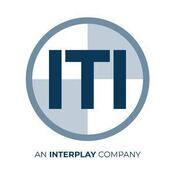


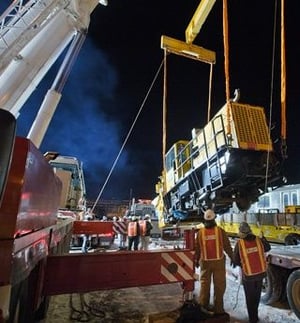

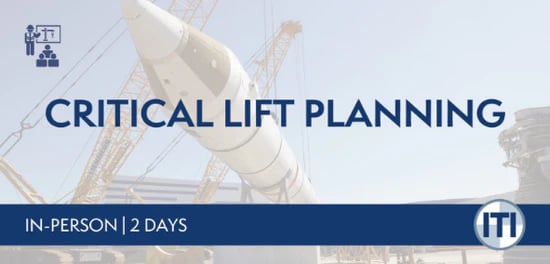
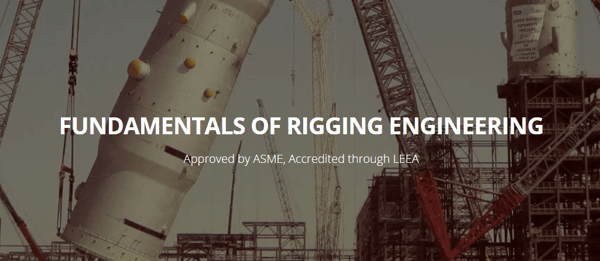
COMMENTS